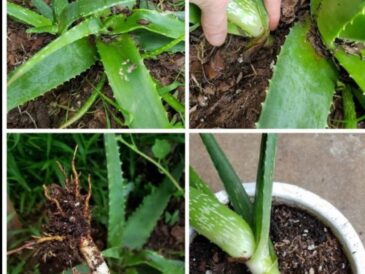Dreaming of overflowing baskets and sacks brimming with plump, homegrown potatoes? You’re not alone! But visions of endless rows of back-breaking work might be holding you back. Well, fret no more, fellow potato enthusiast! There’s a surprisingly simple and space-saving trick to cultivate a potato bounty: potato sacks!
The Secret Weapon: The Humble Potato Sack
Instead of traditional in-ground rows, this method utilizes readily available burlap sacks or even large grow bags. This not only saves space but also offers several advantages:
- Effortless Planting: No more tilling or digging! Simply fill your sacks with a good quality potting mix.
- Easy Maintenance: Weeding becomes a breeze! The sides of the sacks prevent weeds from taking root.
- Moisture Marvel: Sacks offer better moisture control compared to open soil, reducing the risk of overwatering.
- Harvesting Heaven: No more hunting for potatoes! Simply tip the sack over and gather your harvest effortlessly.
Planting Your Path to Potato Plenty:
- Sack Selection: Choose sturdy burlap sacks or large grow bags with good drainage. Ensure they’re at least 18 inches deep and wide enough to comfortably accommodate your potato plants.
- The Filling Formula: Fill your sacks with a well-draining potting mix. Aim for a good balance of moisture retention and drainage. You can add some organic compost for extra nutrients.
- Seed Potato Power: Use certified seed potatoes, not grocery store potatoes. Cut them into pieces with at least one or two “eyes” per section. These “eyes” will sprout into new potato plants.
- Planting Party: Plant your potato pieces cut-side-up about 4 inches deep in the potting mix. Leave enough space between each piece for proper growth.
- Sun and Sustenance: Place your potato sacks in a sunny location that receives at least 6-8 hours of sunlight daily. Water regularly, keeping the soil consistently moist but not soggy.
The Art of the Spud Stack:
page 2 for more
Pages: 1 2





